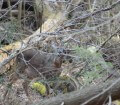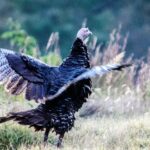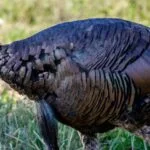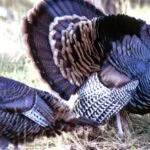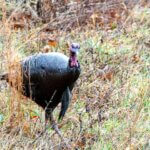John’s Note: Bringing your buddy along when hunting turkey gobblers will sometimes produce far better results than going one-on-one against the feathered fox. Even though turkey hunting is basically an individual sport, there are several reasons why two people should try hunting turkeys together. Foremost is the fellowship that comes from sharing the experience of calling, watching and bagging a turkey with a friend. Also, a turkey hunter can lengthen his season by taking a novice hunting. Making tactical decisions, calling and showing a newcomer when to shoot sharpens your own skills and allows you to hunt, even if you can’t shoot after filling your season’s limit. Often there are tactical reasons for two on a turkey. Smart old gobblers that have been shot at in the past may be call- and man-shy. These birds can be outsmarted when two hunters combine their skills and knowledge.
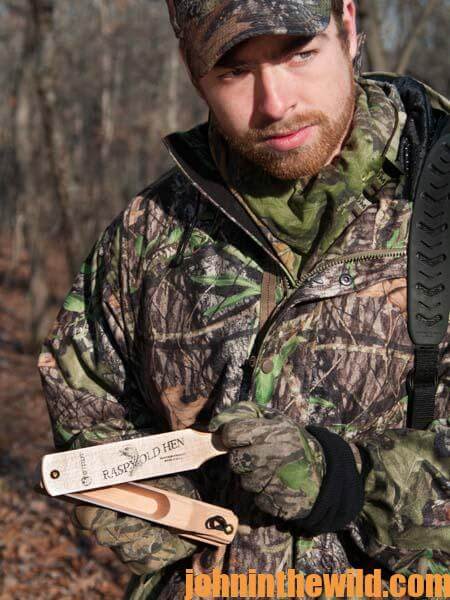 If you come across a turkey that struts and gobbles just out of gun range but refuses to come-in to where you can take him, then that bird will twist your mind and cause you to wonder if you really know how to call and hunt turkeys. Most hunters refer to a turkey like this as a hung-up gobbler. He’s hung-up at the spot where he’s strutted and drummed. He refuses to come-in to where you can take him.
If you come across a turkey that struts and gobbles just out of gun range but refuses to come-in to where you can take him, then that bird will twist your mind and cause you to wonder if you really know how to call and hunt turkeys. Most hunters refer to a turkey like this as a hung-up gobbler. He’s hung-up at the spot where he’s strutted and drummed. He refuses to come-in to where you can take him.
Dean Davis of Mississippi considers the hung-up gobbler one of the most-difficult bad birds to call. “I usually hunt with a partner,” Davis explains. “When a turkey is hung-up, the person calling the turkey needs to back-up and continue calling as he backs further away. The shooter will stay at the site where we’ve first called to the gobbler. The gobbler believes the hen is leaving, which generally will make him come-in closer to the shooter.” If you’re not hunting with a buddy and have tried to call this type of gobbler by yourself, Davis suggests that you stop calling to have success. “If you call less, you’ll make the gobbler more curious,” Davis explains. “I always like to think about this situation as similar to calling my friend. If my friend constantly is calling to me, I know he’s coming. But if he suddenly shuts up, I’ll become more curious.”
If calling less doesn’t work, Davis will get closer to the turkey if the terrain will enable him to move without the gobbler’s seeing him. “I’ll try to move and get a different calling angle on the hung-up gobbler,” Davis emphasizes. “Bad turkeys that are hung-up sometimes won’t move toward you. Often there is an obstruction between you and him that you can’t see such as a blow-down, a creek or a fence that he refuses to cross.” When calling hung-up gobblers, Davis likes to use friction calls made by Primos Hunting (http://www.primos.com). You don’t have to do much with these calls, and you don’t need to use friction calls as much as you do a diaphragm call.
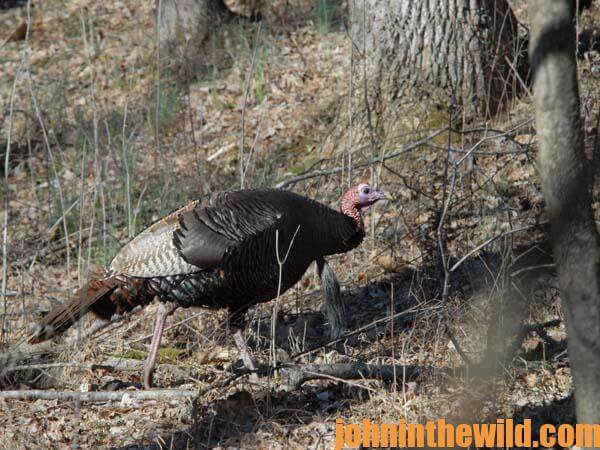 To make turkeys come running to you, don’t use the same strategies you’ve tried in the past. These tactics will get a mind-bending bronze baron to ride home in the back of your pickup truck with you this spring.
To make turkeys come running to you, don’t use the same strategies you’ve tried in the past. These tactics will get a mind-bending bronze baron to ride home in the back of your pickup truck with you this spring.
To get John’s book, “The Turkey Gobbler Getter Manual,” for free, go to www.johninthewild.com/free-books to download.
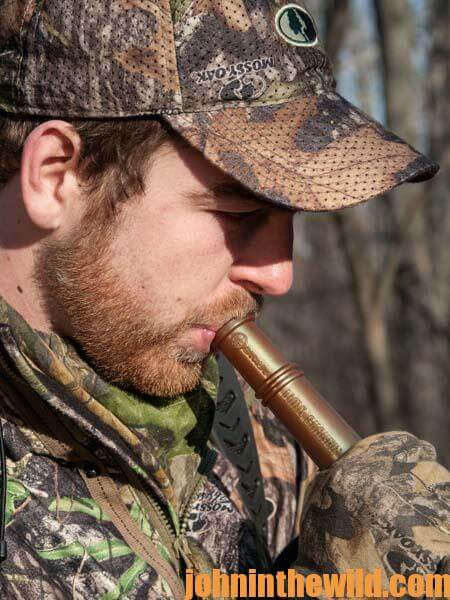 To learn more about turkey hunting from the masters, get these Kindle eBooks and print books by John E. Phillips, including: “The Turkey Hunter’s Bible (available as an eBook or in paperback),” “PhD Gobblers: How to Hunt the Smartest Turkeys in the World,” “Turkey Hunting Tactics,” (also available in an audiobook from http://www.audible.com/pd/Self-Development/Turkey-Hunting-Tactics), “How to Hunt Turkeys with World Champion Preston Pittman,” “The 10 Sins of Turkey Hunting with Preston Pittman” and “Outdoor Life’s Complete Turkey Hunting.” Click here to get these books.
To learn more about turkey hunting from the masters, get these Kindle eBooks and print books by John E. Phillips, including: “The Turkey Hunter’s Bible (available as an eBook or in paperback),” “PhD Gobblers: How to Hunt the Smartest Turkeys in the World,” “Turkey Hunting Tactics,” (also available in an audiobook from http://www.audible.com/pd/Self-Development/Turkey-Hunting-Tactics), “How to Hunt Turkeys with World Champion Preston Pittman,” “The 10 Sins of Turkey Hunting with Preston Pittman” and “Outdoor Life’s Complete Turkey Hunting.” Click here to get these books.

